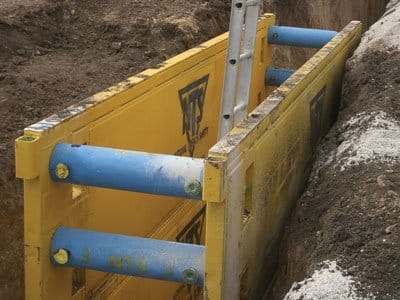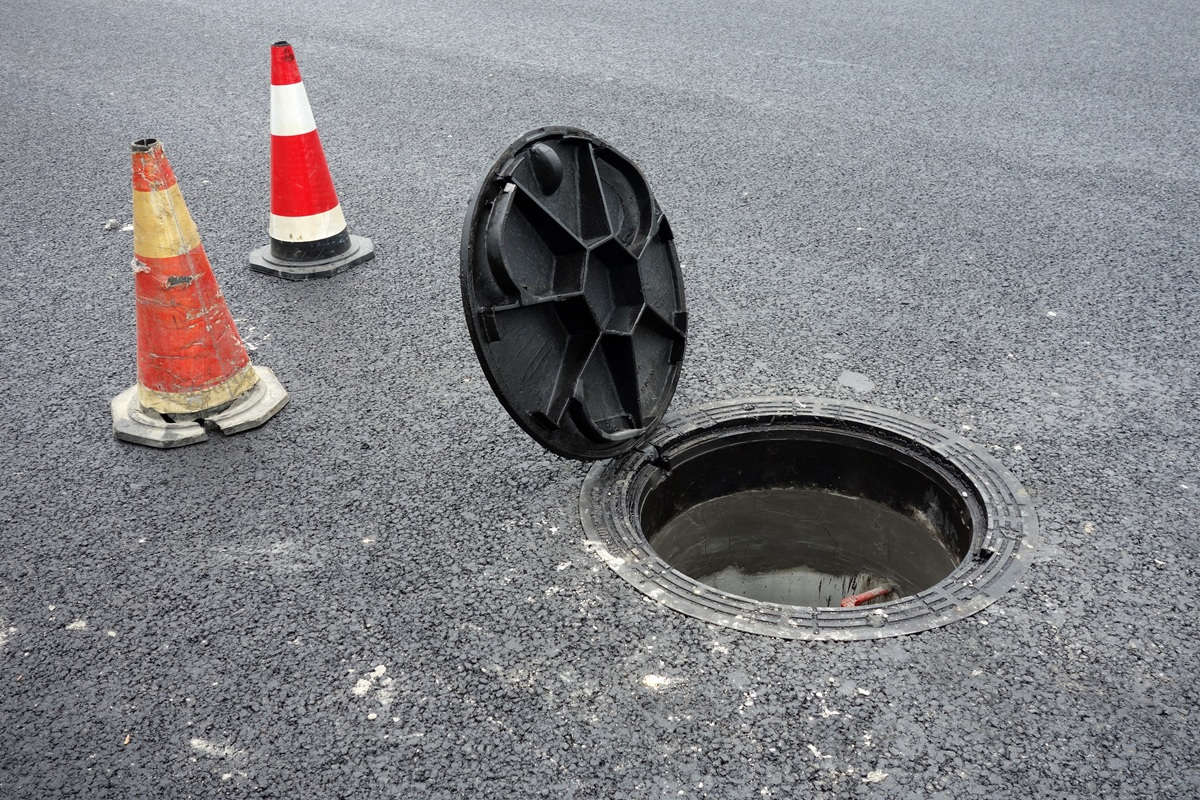Keep Safety in Mind as Demand for Utility Contractors Grows
By Emily Newton, Industrial Writer and Editor-in-Chief of Revolutionized
The utilities industry is experiencing high demand that’s attracting new contractors and increasing project opportunities. In the midst of this growth, though, safety has to be a top priority. Utilities work is usually safe as long as contractors are aware and knowledgeable about best practices. However, poor knowledge of common hazards and lack of preparation can lead to serious injuries on the job.
Common Hazards for Utility Contractors
While utility contractors can work on anything from sewage to electricity to communications infrastructure, there are some hazards that are common across the industry. A few of the most common are specific to certain types of projects, though others can occur on any type of utilities work.
Industry veterans will be familiar with these and less likely to fall victim to common hazards, so it is especially important for utility contractors who are new to the industry to know what they are up against. Younger, less experienced workers across all industries are more likely to get injured on the job. In fact, people between the ages of 15 and 24 are 40% more likely to experience a work-related injury than their older coworkers.
1. Trenching and Excavating Accidents
Among the most dangerous jobs in the utilities industry is trenching. There are a couple of reasons for this. First, trenches themselves pose a risk of caving in, so utility contractors could potentially be injured or killed in a trench cave-in. Additionally, trenches are closed-in spaces, which makes working in them more difficult and dangerous.
If there is an explosion in a gas line, for example, everyone in the trench at the time is essentially trapped in close proximity to the blast. The cramped space also increases the likelihood of worker-to-worker accidents, such as one utility contractor accidentally injuring another while working. According to OSHA statistics, confined spaces are responsible for over 100 work-related deaths every year.

A common job for utility contractors is working on overhead power lines. This exposes contractors to one of the most common and most dangerous hazards in the workplace: falls. An estimated 211,640 workplace injuries are due to falls, trips, and slips, accounting for 18% of annual injuries on the job across all industries. Line work poses a particularly high risk in this department since power lines can be over 40 feet off the ground. Utility contractors need specialized safety equipment for working far off the ground on power lines to avoid suffering a serious fall related injury.
In addition to falls, power line work also poses a high risk of electrical injury. This can occur in other niches of utility work but the risk of electrocution and other electrical injuries is highest for power infrastructure. In fact, electrocution alone is one of the top workplace hazards in the wider construction sector. Electrical work exposes utility contractors to the risk of electrocution, electrical shock, burns, and potentially fires, explosions, and contact with harmful chemicals.
Lack of proper precautions and safety equipment significantly increases the risk of injuries and accidents with electrical hazards. For example, inexperienced utility contractors may forget to ground something properly or they might use extension cords or power strips incorrectly, increasing risk of fire.
Another leading cause of injuries and deaths on the job in utilities is impact from moving objects. This is often passing vehicles or vehicles being used around a worksite. For example, utility contractors working alongside roads face a risk of being struck by a passing car. If construction vehicles are not being used responsibly around site, there is also the risk that a utility contractor can be hit by part of one of those vehicles.
As mentioned above, situations like heights and confined spaces can increase the risk posed by other hazards around worksites, including risk of injury from a piece of equipment or vehicle. According to OSHA statistics, 75% of struck-by incidents in the workplace involve heavy equipment, such as trucks or cranes.
5. Respiratory Dangers
Utility workers in virtually every niche of the industry may face respiratory hazards, ranging from fumes and bad smells to gases that could pose a serious health risk. On worksites where trenching and excavation work is being done, there may also be a risk from particulate air pollution, such as dirt and dust. These risks may be difficult to see or detect, so it is important to be aware of situations where respiratory dangers could be present.
This is where having an experienced utility contractor around to help advise and guide those who are new to the industry can be particularly important. For utility workers who are joining the industry to take advantage of increased demand, it is a good idea to do plenty of research on respiratory hazards associated with their specific projects before their first day on the job.
How Utility Contractors Can Improve Safety
Luckily, there are steps that utility contractors can take to make sure they’re staying safe on the job. Awareness is an important foundation for safety in the utility industry. As mentioned above, simply being aware of one’s surroundings and the hazards at hand can make a big difference.
Before going to any worksite, utility contractors need to make sure they are as prepared as possible for any risks they might encounter on their specific site. Experienced utility contractors will already have a set of PPE to start with, including a good hard hat, heavy duty gloves, a high-vis vest, safety glasses, and likely a pair of sturdy steel-toed boots, as well. Depending on the specific type of utility work at hand, other gear might be needed. For example, contractors doing overhead line work may have a safety harness.
On-site, it is important to make safety a top priority wherever possible. For example, on a site where trenching or excavations are taking place, workers need to make sure that vehicles and ground engaging tools are well-maintained and appropriate for the task. Using the correct ground engaging tools can make a big difference in productivity as well as the safety of any workers who will be in the trench or excavation area.
Keeping New Utility Contractors Safe
It is worth noting that with the increased demand for utility contractors, there are likely to be many new contractors coming into the industry over the next few years. These might be contractors switching from other fields or people who are completely new to contractor work. Whichever the case, the existing utility contractor community can take steps to help make sure these new co-workers are staying safe on the job, which will help keep everyone safe.
For example, industry leaders have suggested that a “training culture” may be the best way for the utilities industry to meet demand, engage new contractors, and fill the labor shortage. Using technology in training programs can be especially helpful with young would-be utility contractors. On the job training can be a great option, as well, and experienced utility contractors can help out by offering to mentor new contractors or apprentices.
Safety and Success as a Utility Contractor
Utility contractors have to be technical specialists who know their way around society’s most important infrastructure, from pipes to power lines. The rising demand for knowledgeable utility contractors will bring a wave of rewarding new opportunities to the industry. It will also attract new contractors to utilities, which will help to fill labor shortages but may also pose safety concerns. For utility contractors, rookie and veteran alike, to find success, safety on the job is paramount. Awareness, preparation, and training are the keys to a safe and productive career as a utility contractor. Tags: Safety




